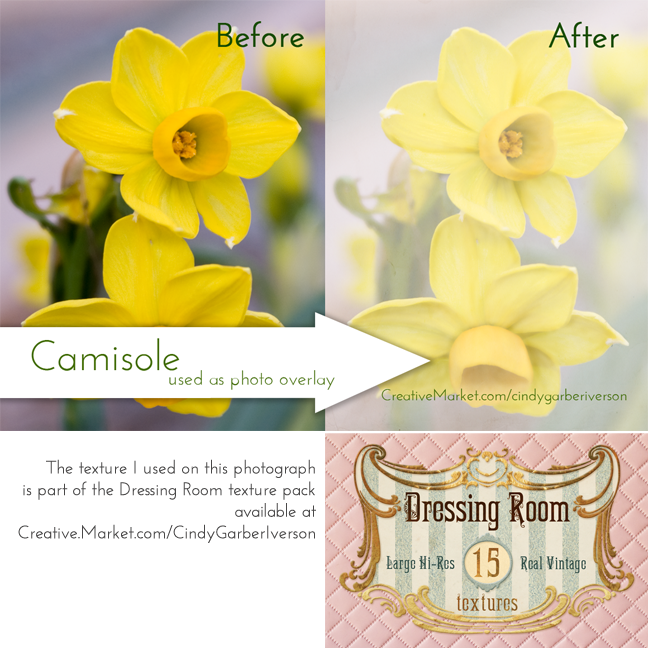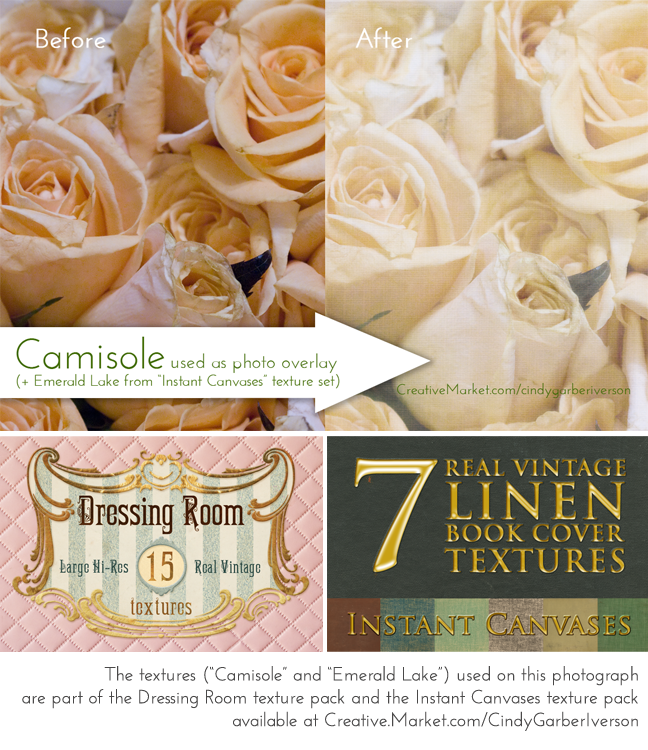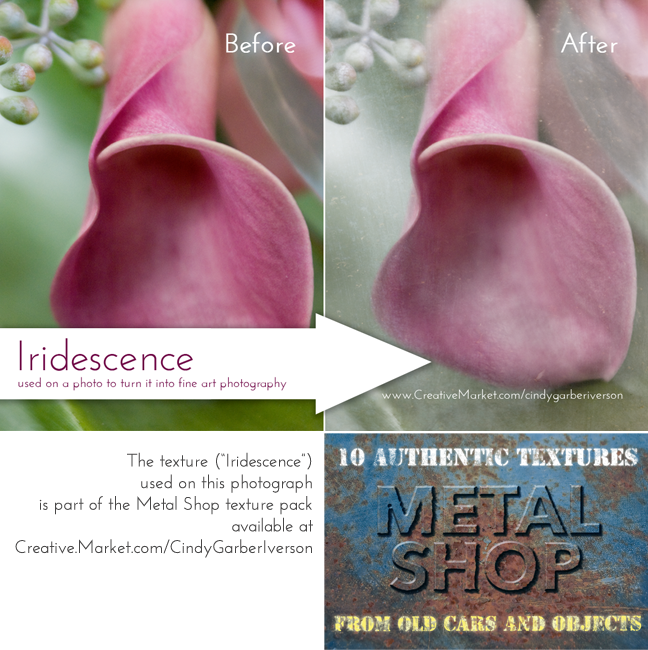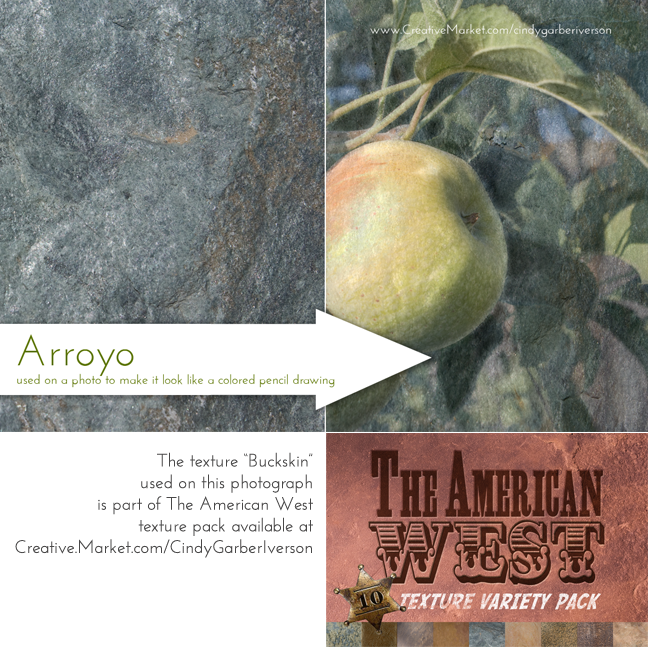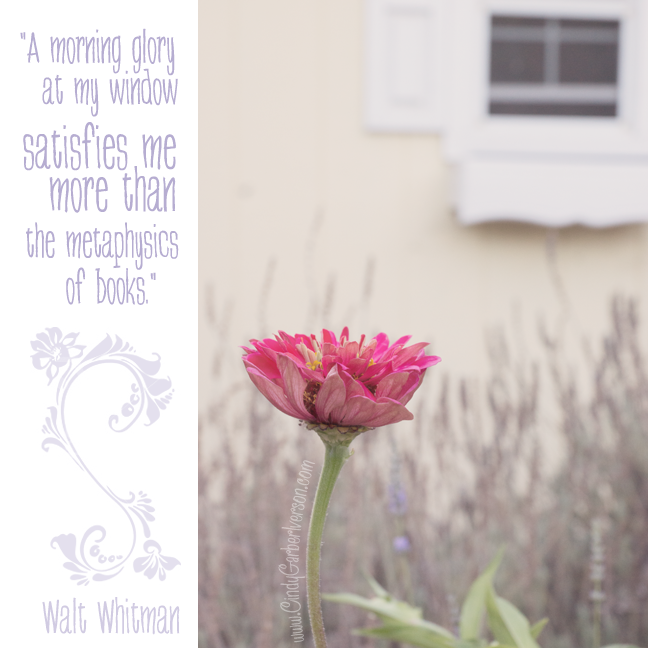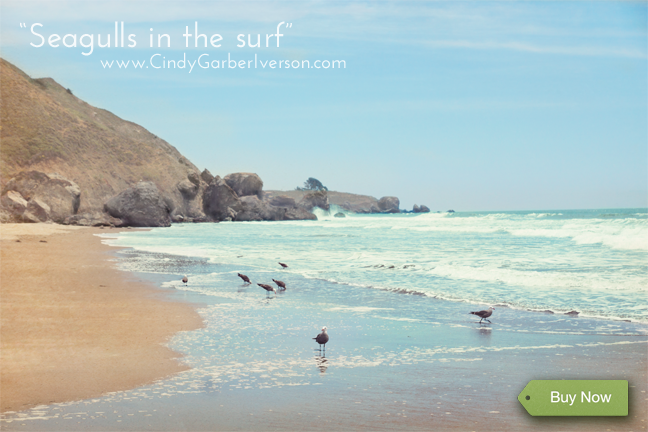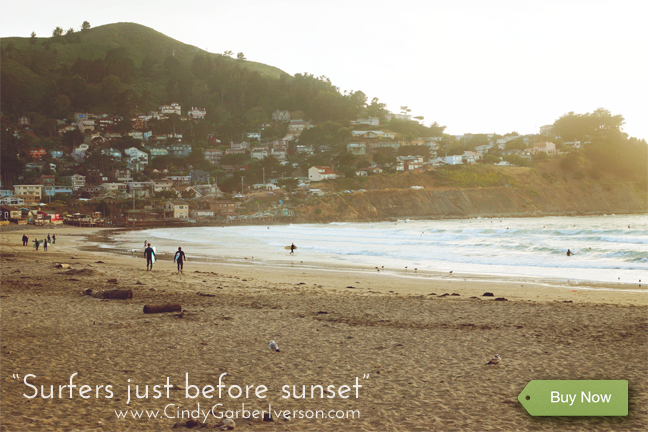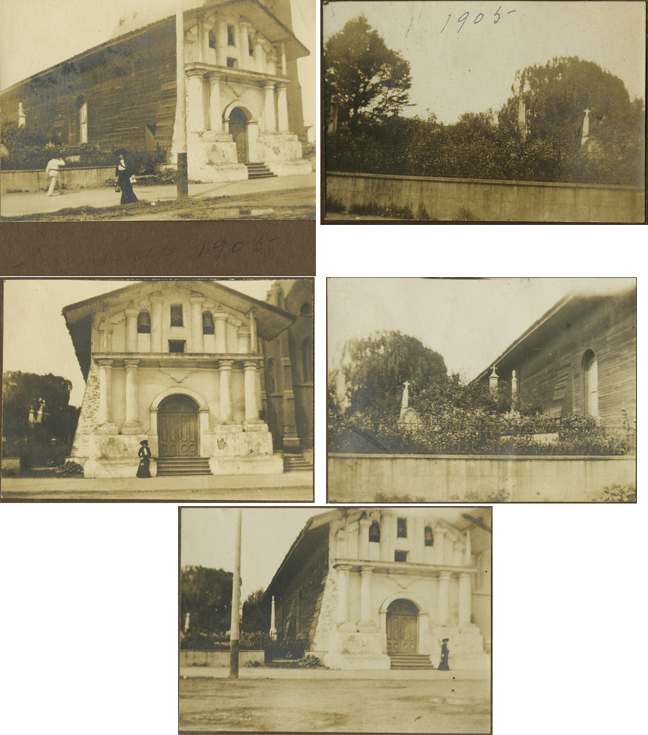 Along with taking photographs and creating photographic art, I also digitally restore and preserve antique and vintage photographs (particularly those belonging to my family). Decades ago, my mother inherited a photo album belonging to her great aunt, Maggie. The photos within the album date back over 100 years ago with most being taken between 1900 and 1910. I have been scanning them on my pro-level art scanner at 600 dpi and digitally restoring each one (there are over 130 of them).
Along with taking photographs and creating photographic art, I also digitally restore and preserve antique and vintage photographs (particularly those belonging to my family). Decades ago, my mother inherited a photo album belonging to her great aunt, Maggie. The photos within the album date back over 100 years ago with most being taken between 1900 and 1910. I have been scanning them on my pro-level art scanner at 600 dpi and digitally restoring each one (there are over 130 of them).
Earlier this week, I came across a group of photos (above). Maggie was usually good about gluing photos into the albums in batches that matched the order in which they were shot… usually. Sometimes she would write a date above or on a photo. Sometimes she would write a location. But oftentimes she didn’t. The group of photos I found had her standing in front of a building that looked a lot like one of the California missions and were labeled “Summer 1905”. With only that to go on, I hunted around the internet for pictures of all the California missions and compared each one until I found the correct identification for my photos—Mission Delores (La Mision San Francisco de Asis) at 3321 16th Street in San Francisco.
Later on in the album, I came across a lone photo of a beautiful church with no dates and no labels.
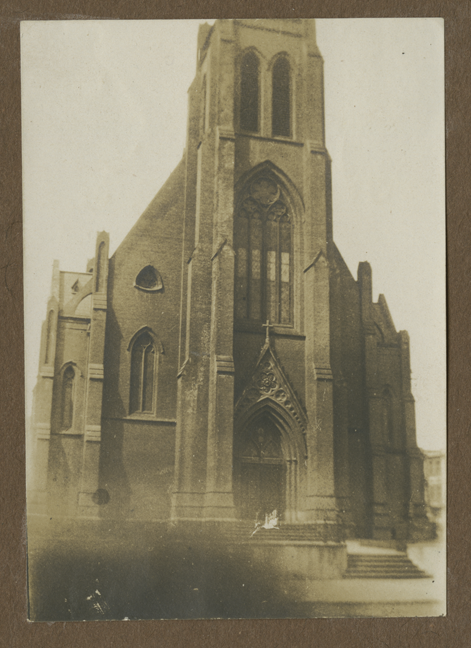
For some reason, I really wanted to identify the building. Maggie didn’t waste film on just anything. Although she was an amateur photography enthusiast she wasn’t from wealth or means—just a working class family that loved to shoot photographs with their own little inexpensive cameras.
So I had a mystery on my hands.
I hunted the internet for photos of historic churches in San Francisco and the surrounding areas where Maggie frequented—Oakland, San Jose and Monterey. Nothing. I had a feeling that I would have to find a photo of the same vintage around 1905 or earlier because my intuition was telling me that the 1906 earthquake was going to be the reason why I couldn’t find a contemporary photo of the edifice.
My hunting produced nothing. I finally posted my photo to Facebook and Twitter with a plea asking if anyone recognized the structure.
Late that night, I got a text from my brother asking if I was still hunting for an I.D. of the church. I said, “Yes”.
For the next couple of hours, we each hunted and texted from our respective living rooms looking for an answer. At one point my brother commented, “This is like geocaching… except without any coordinates.”
We were both about to give up when I texted him one of the photos from Mission Delores that I’d identified earlier (below). I said, “I thought I had a hunt when I figured out where this one was. Little did I know it was easy compared to the one I’m looking at now!”
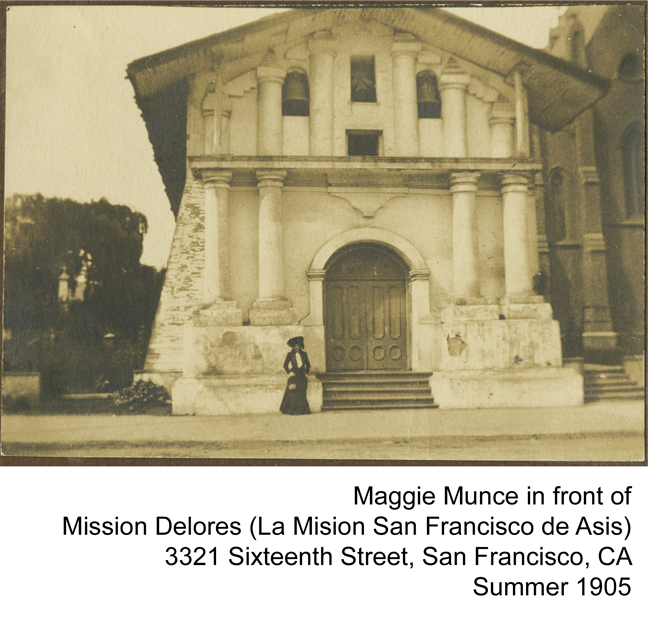
There was a pause in the text thread and then my brother texted, “Cindy I hope you won’t be mad… but a sliver of the church you’re looking for is in that last photo… Ha ha ha ha… Now that is classic… It’s right friggin’ next door!!”
After I figured out what he was talking about, I was stunned. He was right. There was just the tiniest identifiable sliver of the church in the photo I had sent him that wasn’t visible in any of the others from that group I could have sent him instead. Coincidence? I think not. I was floored because he was able to see on his tiny iPhone what I couldn’t see on my mongo iMac screen.
I googled around and found out that my intuition was indeed correct. The stone chapel no longer existed. Only 8-10 months after Maggie took the photo of the church and Mission Delores, the stone chapel was destroyed in the San Francisco earthquake of April 1906 never to be rebuilt as it was. Instead, a basilica was constructed on the site and completed in 1918. That’s what stands on the site today.
My brother wrote of our great aunt Maggie, “Wow, talk about pulling a Forrest Gump.”
Looking out on the internet, I could only find a handful of other photos showing the original structure at Mission Delores like the one below from 1898 at MissionLocal.
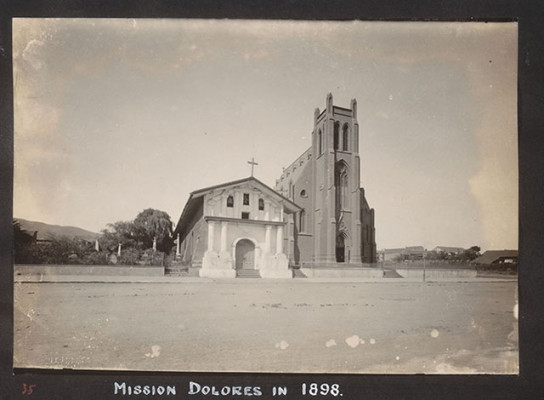
It only seemed appropriate for me to digitally stitch Maggie’s two photos together after they’d been separated in two different parts of her album for almost 110 years. I applied a bit of Photoshop magic and voila!
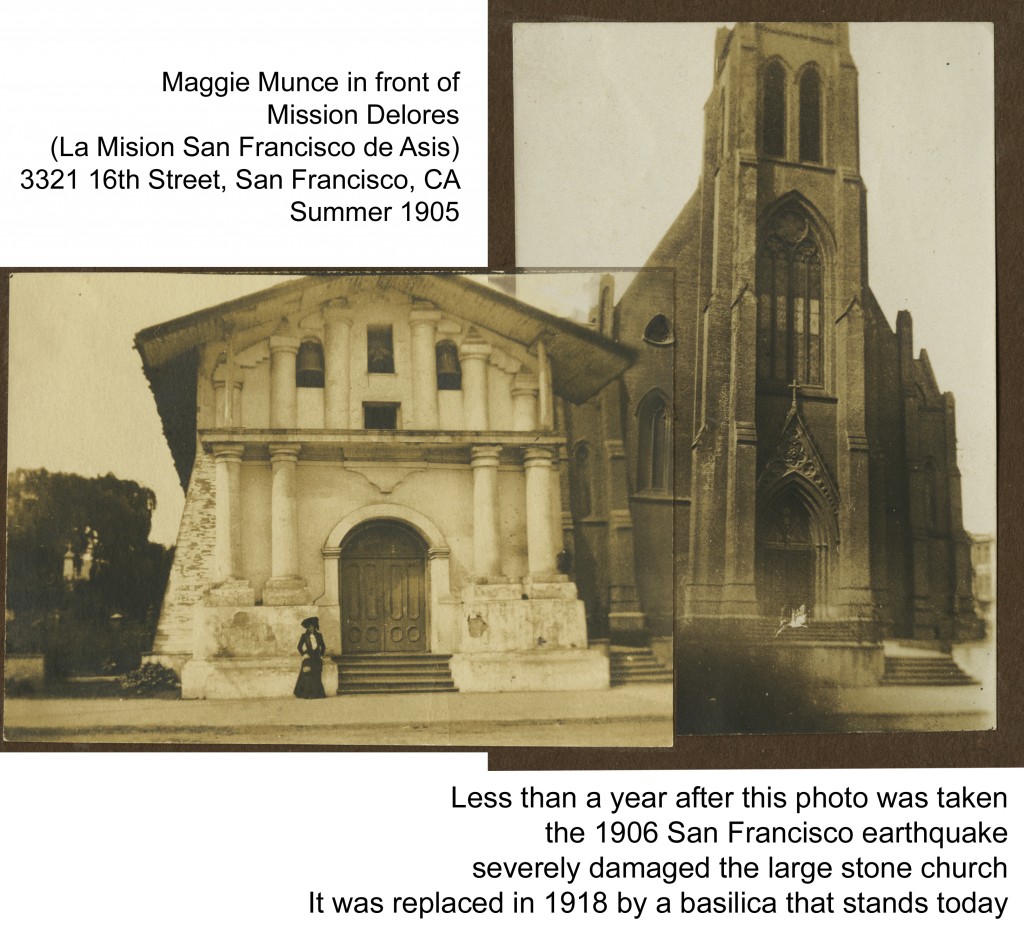
Again and again, as I go through these old photos I desperately wish someone would have labeled more of the photos with dates and people’s names. Although I can often recognize family members and places, there are many that I can’t. It is so sad, because some of the same faces appear over and over in so many photos that I know they were important friends—those friends that are at every outing, every wedding, and every milestone of life. I know that if I knew their names, I might be able to track down their descendants and present them with a piece of history they never knew existed. It has taught me the overwhelming value of labeling photographs regardless of whether you think anyone will care in the future. Because you never know… you may be “pulling a Forrest Gump” and not even know it.

